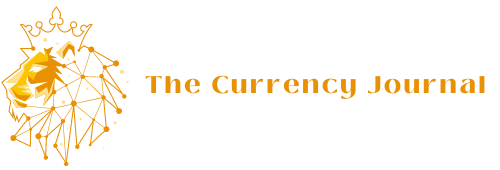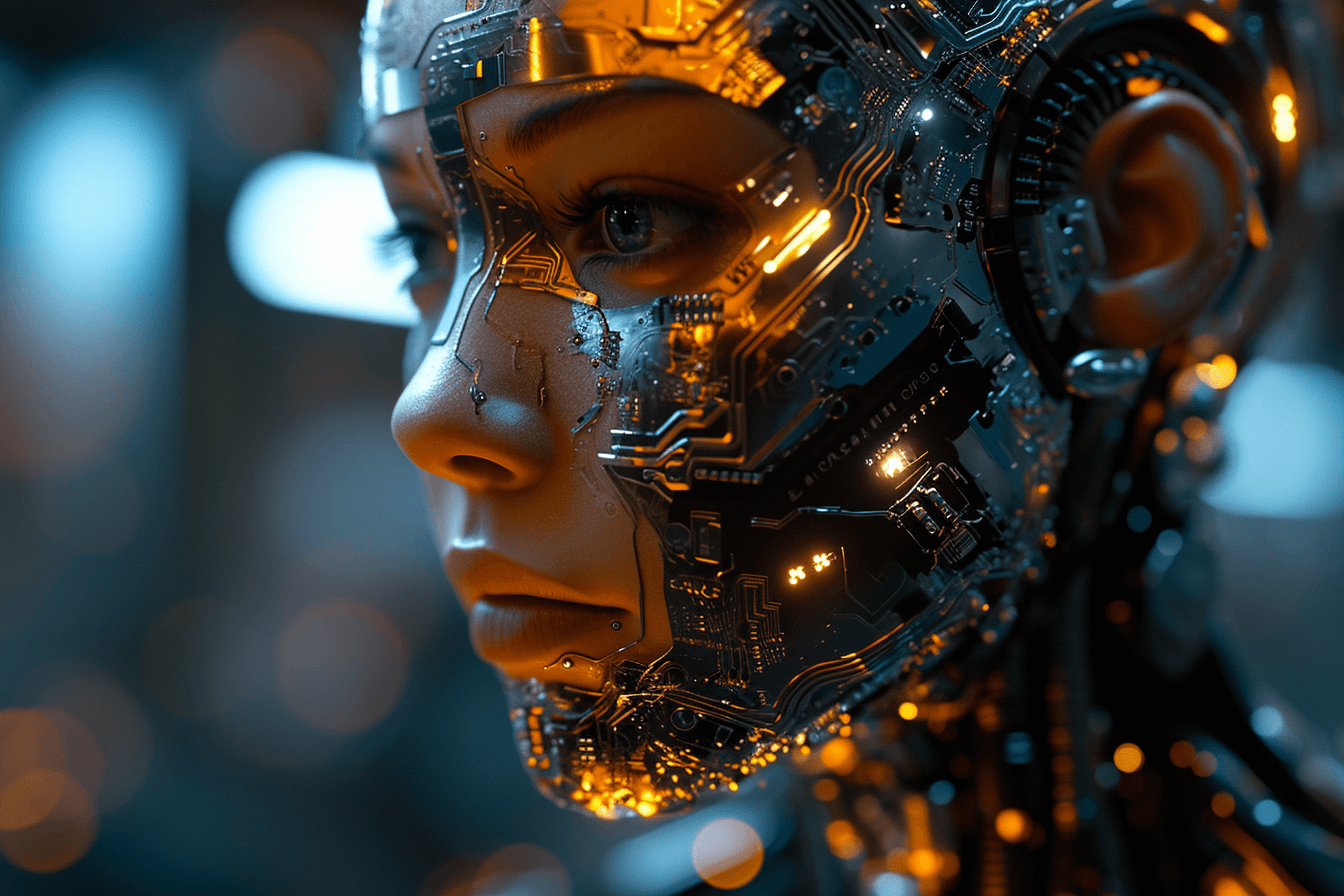The New York Times filed a lawsuit against Open AI and Microsoft. The newspaper claims that artificial intelligence from Open AI and Microsoft was trained on millions of articles by NYT journalists. Moreover, it was completely illegal because the companies not only did not ask for consent, but also did not pay for the copyright to the content used in artificial intelligence training. This lawsuit could draw new frontiers in AI and the use of copyrighted content for it.
ChatGPT as content transcription from The New York Times?
Open AI has been recognized as a pioneer of the AI industry for over a year, as evidenced by the constantly growing popularity of ChatuGPT. The use of this Large Language Model has become so versatile that ChatGPT has stormed the hearts of many entrepreneurs, programmers, and employees from many different sectors. Artificial intelligence from Open AI, however, was controversial from the very beginning. It was not only about the danger of transforming the labor market, but above all about the methods of training and teaching LLMs (Large Language Model).
To put it very simply, it can be said that LLM must receive an appropriate amount of data so that it can create new content. They will be inspired by articles, books, interviews and columns that were used to train artificial intelligence. The method of teaching AI has been controversial from the very beginning due to the deliberate omission of the issue of intellectual property and copyright.
Is copyright an inconvenient problem for the AI industry?
Interestingly, Open AI's management was aware of this problem from the very beginning, but deliberately ignored it due to the huge interest in artificial intelligence. This is known because of the words spoken by Sam Altman during his visit to the University of Warsaw in June this year. Altman admitted that Open AI lawyers are working to resolve the copyright issue.
According to the CEO of Open AI, the company is to introduce something like a cooperation system in 2024. Artists, journalists, writers and columnists who decide to lend their content to train artificial intelligence will receive regular gratification in return. Of course, these were only plans, and Open AI's artificial intelligence continued to learn from copyrighted content.
Artificial intelligence from Open AI in the light of accusations
The New York Times decided to accuse both Open AI and Microsoft of illegally using articles to train artificial intelligence. Interestingly, this is not the first lawsuit against Open AI, as George RR Martin, the author of Game of Thrones. The lawsuit from The New York Times accuses Open AI of using NYT content without consent and without payment to create a product that “steals intellectual property.” According to TNYT:
Open AI and Microsoft have built a company worth tens of billions of dollars by exploiting the works of all of humanity, without their consent. Open AI and Microsoft reproduced copyrighted material in training their models. They used exactly what the Copyright Act was supposed to protect, i.e. elements such as style, choice of words, arrangement of sentences, and the nature of the presentation of facts.
A process that could change the face of the artificial intelligence industry
The lack of legal regulations for the artificial intelligence industry, or rather their very slow formation (because the European AI Act is already in force), is still an extremely problematic phenomenon. The development of this sector is so fast that the legislation of individual countries simply cannot keep up. This, in turn, causes a number of legal, but also ethical and moral problems.
Teaching artificial intelligence through the works of artists or journalists has been opposed by many groups from the very beginning. The lawsuit brought by The New York Times may therefore be crucial not only for Open AI and Microsoft, but for the entire artificial intelligence sector. However, there is no indication that this process will end soon.
For this reason, Open AI and Microsoft will have enough time to implement the solutions announced by Sam Altman that will satisfy the artists whose works will be used to train artificial intelligence. However, a problem will arise when the vast majority refuses such cooperation. Currently, however, we can only theorize, because 2024 will certainly be a breakthrough for the entire artificial intelligence sector.

